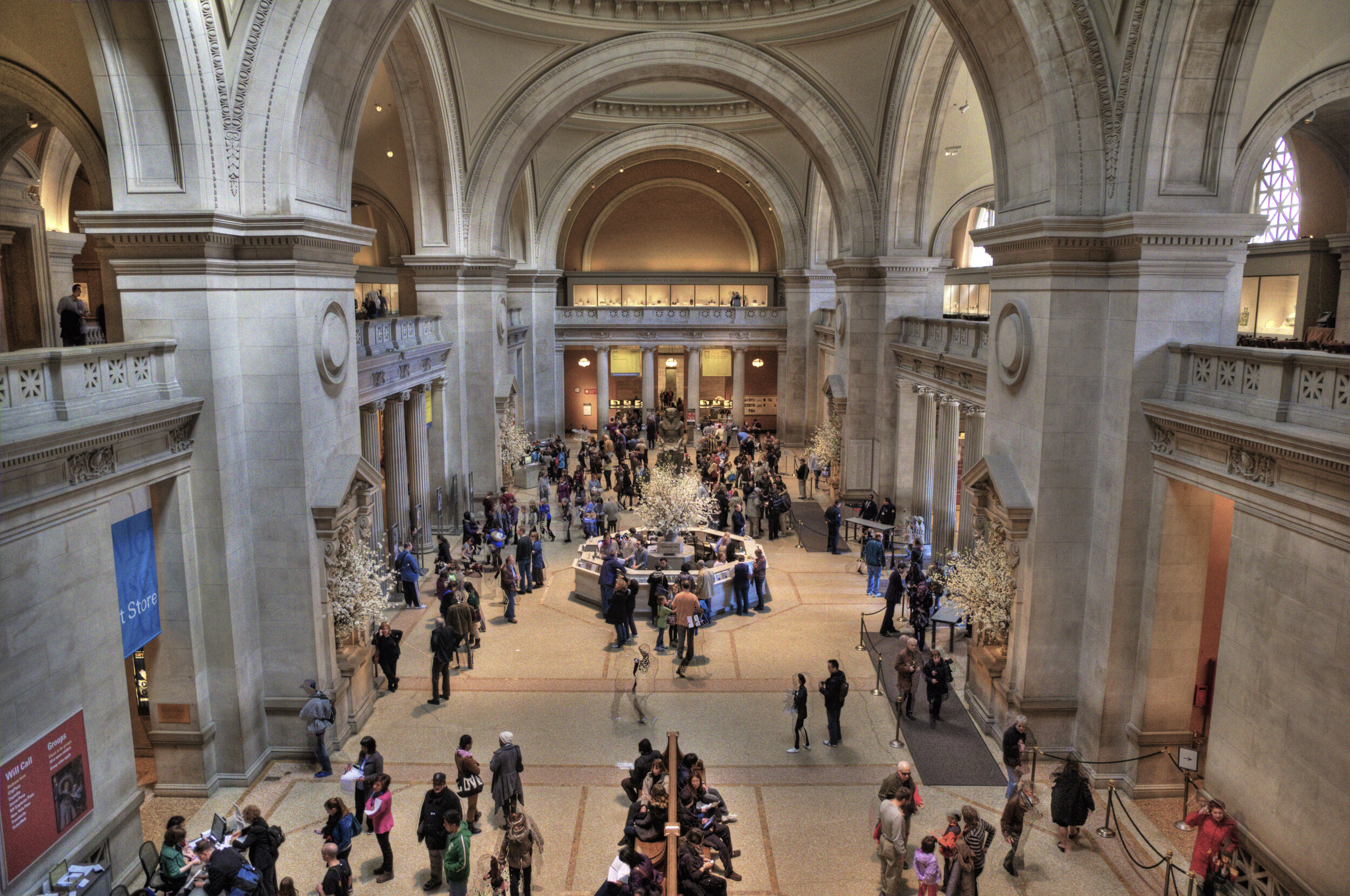“So, how was the city?” my hairdresser asked.
I was telling her how my cousin who is also my goddaughter had graciously offered to take me on an impromptu adventure last Saturday evening to The Metropolitan Museum of Art in Manhattan for The Costume Institute’s “In America: A Lexicon of Fashion,” which she, a fashionista by vocation and avocation, was longing to see.
How was the city? Something of a foreign country, but then, as Ric Burns’ “New York: A Documentary Film” (1999-2003) noted, it has always been a place that looked outward to the world rather than to the rest of the nation, particularly to Europe. That internationalism cost it dearly a year ago as the pandemic spread from European visitors throughout the city, where 34,000 people died and thousands more fled.
At The Met, I opened a passport holder to produce my vaccination card, my wallet to produce my driver’s license, then passed through a metal detector. As we walked through the Greek and Roman Galleries, where sensuous male and female nudes that had seen centuries of triumph and tragedy stood like sentinels, I could not help but think of all the press previews I had attended with my late aunt and all those Friday and Saturday date nights in which music would waft from the balcony of the Great Hall, mingling with the sounds of laughter and chatter, the clink of wine glasses, the rustling of clothes and the bustle of big ideas, none bigger than the American Experiment itself — people from everywhere coming together to worship at a temple of culture.
Now the place echoed like a tomb, like some long-forgotten wintry Tuesday in the 19th century, when the city and the world was a smaller place. Even the queue to see The Costume Institute show — which once would’ve snaked outside the building — moved quickly, as one guard noted encouragingly, so quickly that we only had a moment to gaze on the Temple of Dendur, that jewel of Roman Egypt.
The Costume Institute show as these things often go was a precious, pretentious patchwork — sometimes literally — of American individualism featuring booths of designs with supposedly inspirational words placed above the mannequins’ heads. If it was jammed with people, it’s because the institute’s galleries have always been a cramped downstairs space. This was no “Punk” show, winding its way through the big second floor galleries. Actually, I was relieved to escape up there to see “The Medici: Portraits & Politics, 1512-70” (through Oct. 11). a cautionary Renaissance tale of pride for today’s politicians that played not only more to my taste but also more to The Met’s strengths. Yet even its presence spoke of absence. Gone were the great specialty gift shops of yore and any number of exhibits that would’ve vied with the Medici show for my attention.
How was the city? As we left The Met and drove through Central Park to the West Side Highway, my cousin remarked that some driver was rudely blaring music. The sound, however, wasn’t coming from a car but from the Global Citizen Live concert that had attracted the likes of Harry and Meghan, the Duke and Duchess of Sussex. Yet there were no barricades or traffic jams to suggest something important was going on.
How was the city? A place write large yet somehow diminished, filled with a sense of loss that was both palpable and ineffable. I could not help but think on that first weekend of fall of the great Vernon Duke song “Autumn in New York,” in which the season in the city does ”seem so inviting” and yet “is often mingled with pain.”
How was the city? In many ways as it ever was — a series of islands, looking inward, singularly self-possessed. (Think of that quintessential native New Yorker, Jacqueline Kennedy Onassis.) That self-possession is part of what has always grated on the rest of the country. And yet, it’s what’s enabled New York time and again to take it on the chin, smile, shrug, even complain, no kvetch, and still go on.
On that relatively balmy Saturday night, people dined al fresco — as they did all last winter. The other Met — The Metropolitan Opera — and Broadway were back. The New York Yankees were preparing to make another playoff run. And as one of my writers put it, you could “museum-hop, shop and never stop.”
Hey, “it’s autumn in New York. It’s good to live it again.”
